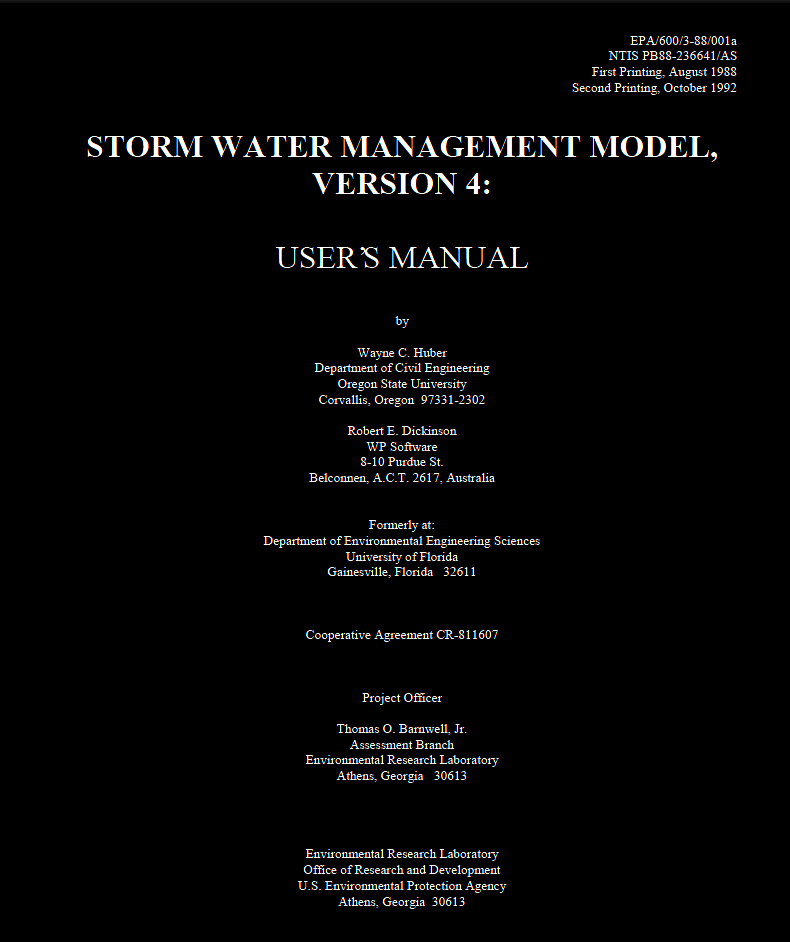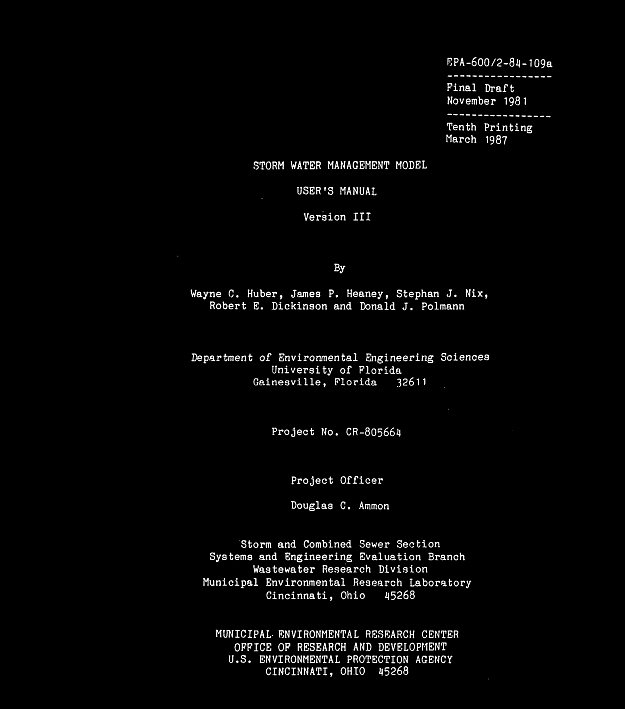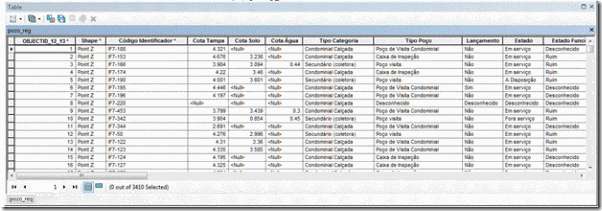Several factors can effect the processing time needed to run simulations of sewer networks including computer hardware, simulation timestep, reporting timestep, size of the network, length of simulation, sophistication of the simulation (e.g. controls, 2D) etc. Even though our products utilize the most robust solution engines possible, simulations can take a while to complete. Simulation Task Manager allows you to disconnect the simulation of modeling scenarios from other modeling work so that you can be more productive while simulations are running.
Simulation Task Manager allows you to:
Please note: This help file applies to both InfoSWMM and H2OMap SWMM which share the same underlying engine and graphics.
lnnovyze lnfoSWMM® is an Esri ArcMap Extension and H20MAP SWMM® is a standalone program, both of which use the same USEPA SWMM5 engine. They also work from a set of Dynamic Link Libraries (DLLs) that reside in the Windows Program Files folder. As a common method to process files, the DLL'S work with various Graphic User Interface(GUI) components so several applications may utilize the same functionality. Therefore, while the GUls for lnfoSWMM and H20MAP SWMM are different, both programs use the same Database drivers and Dynamic Link Libraries (DLLs) to produce results. This ensures you receive identical output across lnfoSWMM and H20MAP SWMM because the underlying Database, Computational Engine and Results DLL program files are identical.
Simulation Task Manager allows you to:
- Start, pause and delete scheduled simulations
- View summary and detailed information about each scheduled simulation
- Continue to process simulation tasks without the model open that scheduled the simulation
Please note: This help file applies to both InfoSWMM and H2OMap SWMM which share the same underlying engine and graphics.
lnnovyze lnfoSWMM® is an Esri ArcMap Extension and H20MAP SWMM® is a standalone program, both of which use the same USEPA SWMM5 engine. They also work from a set of Dynamic Link Libraries (DLLs) that reside in the Windows Program Files folder. As a common method to process files, the DLL'S work with various Graphic User Interface(GUI) components so several applications may utilize the same functionality. Therefore, while the GUls for lnfoSWMM and H20MAP SWMM are different, both programs use the same Database drivers and Dynamic Link Libraries (DLLs) to produce results. This ensures you receive identical output across lnfoSWMM and H20MAP SWMM because the underlying Database, Computational Engine and Results DLL program files are identical.
Copyright © Innovyze 2015. All rights reserved.
Innovyze Help File Updated August 1, 2015
InfoSWMM and H2OMap SWMM are based on EPA SWMM 5.1.010
More Questions? Further Help Can be Found by Emailing us at Support@Innovyze.com


















